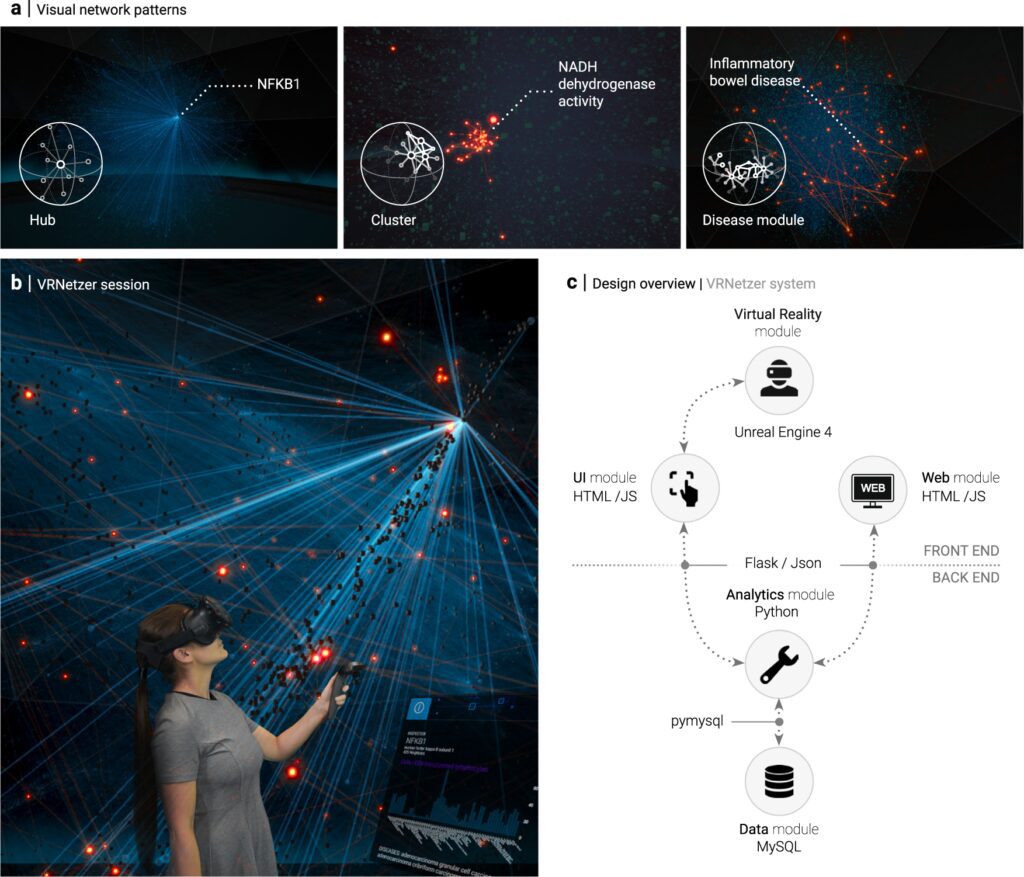Game development technology has advanced significantly since the days of Pong and Snake. Games today are complex, immersive, and require a vast array of tools and technologies to create. This article provides a comprehensive overview of game development technology, including game engines like Unity, Unreal Engine, and CryEngine, art and design tools like Blender and Photoshop, programming tools like Visual Studio and Eclipse, game development middleware like Havok and FMod, and Virtual Reality (VR) tools like Oculus Rift, haptic feedback systems, and motion controllers. Developers can use these tools and technologies to create immersive gaming experiences for players.
From Game Engines to Virtual Reality Tools: A Comprehensive Overview of Game Development Technology
Introduction
Game development technology has come a long way from the early days of Pong and Snake. Today’s games are complex, immersive, and multi-faceted, and require a vast array of tools and technologies to create. In this article, we will take a comprehensive look at the various game development technologies from game engines to virtual reality tools.
Game Engines
Game engines are the foundation of any game development project. They provide a framework for creating and deploying games across multiple platforms. Some of the most popular game engines include Unity, Unreal Engine, and CryEngine.
Unity is a cross-platform game engine that is used to develop games for desktops, consoles, and mobile devices. It allows developers to create 2D and 3D games, and has a large community of developers who share resources and tutorials.
Unreal Engine is another popular game engine that is widely used in the industry. It is particularly well-suited for creating high-end games with complex graphics and physics. It also has a large community of users and provides a wide range of tools and resources for developers.
CryEngine is a game engine that is focused on creating visually stunning games. It is particularly well-suited for creating first-person shooters, and has been used to create games such as Far Cry and Crysis.
Art and Design Tools
Creating the visual and audio components of a game requires a range of tools and technologies, including 2D and 3D modeling software, texture editors, and sound design software.
Blender is a popular open-source 3D modeling and animation software that is widely used in the game development industry. It is particularly well-suited for creating character models and animations.
Photoshop is a popular image manipulation software that is used for creating textures for game environments and characters. It is also used for creating game UI elements such as buttons and menus.
Audacity is a free and open-source audio editing software that is widely used for creating and manipulating game sounds and music. It provides a range of tools for creating high-quality audio, including noise reduction, equalization, and compression.
Programming Tools
Programming tools are the backbone of game development, providing the ability to create code that controls game mechanics, AI, and physics. The most popular programming languages for game development include C++, C#, and Java.
Visual Studio is a popular integrated development environment (IDE) for C++ and C# game development. It provides a range of tools for debugging and testing, and supports a wide range of platforms and programming languages.
Eclipse is an IDE for Java development that is widely used in game development. It provides a range of tools for code editing, debugging, and testing, and supports a wide range of platforms and programming languages.
Game Development Middleware
Game development middleware provides a range of tools and technologies that can be integrated into game engines to add enhanced functionality. Some of the most popular middleware tools include Havok, FMod, and Gamebryo.
Havok is a physics engine that provides realistic physics simulations for games. It is widely used in the industry and has been used in games such as Assassin’s Creed and BioShock.
FMod is a middleware audio engine that provides advanced audio features for game development. It is used to create realistic soundscapes, including dynamic music and environmental sounds.
Gamebryo is a game development engine that provides a range of tools and technologies for creating high-end games. It is particularly well-suited for creating games with complex graphics and animations.
Virtual Reality Tools
Virtual reality has emerged as a groundbreaking technology in game development, providing players with fully immersive experiences. To create VR games, developers need a range of tools and technologies, including VR headsets, haptic feedback systems, and motion controllers.
Oculus Rift is one of the most popular VR headsets on the market, providing players with immersive experiences in a fully interactive environment. It includes motion tracking, a high-resolution display, and integrated speakers.
Haptic feedback systems, such as those provided by Immersion Corporation, provide players with tactile feedback, allowing them to feel the game environment and interact with it in a more realistic way.
Motion controllers, such as those provided by the HTC Vive, allow players to use hand movements to control game objects and interact with the game world in a more intuitive way.
Conclusion
Game development technology has come a long way over the years, with game engines, art and design tools, programming tools, middleware, and virtual reality technology providing developers with an ever-increasing range of options for creating immersive gaming experiences. Whether you are a seasoned developer or just starting out, these tools and technologies can help you create the next generation of games.
